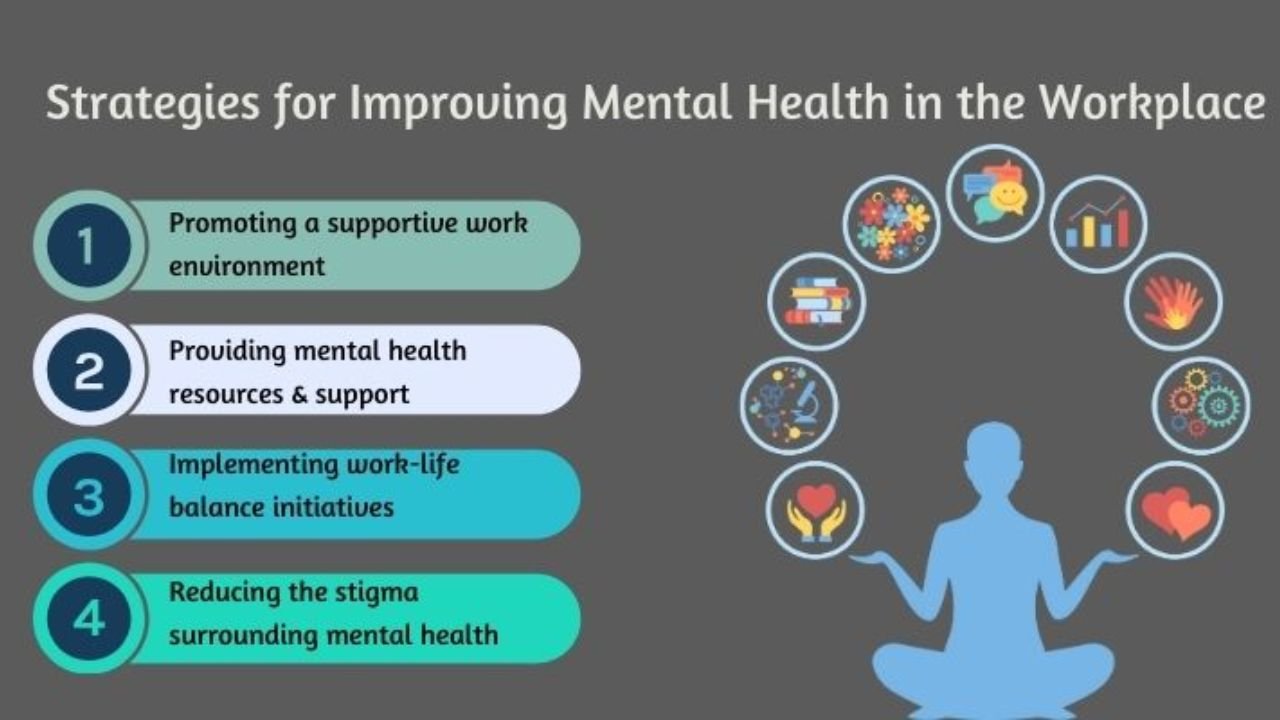Today’s fast-paced, high-pressure work environment leaves many professionals overwhelmed and mentally exhausted. Constant connectivity, tight deadlines, and rising expectations contribute to burnout and disengagement, risking the loss of valuable team members if mental health challenges go unaddressed.
Recognizing this problem, many forward-thinking organizations take proactive steps to support their people. Partnering with the best psychologist in Dubai, they help their employees manage stress and create a more productive, sustainable work environment.
Let’s look at how professional mental health support can make a measurable difference in your team’s well-being and your organization’s overall success.
What Is Mental Health Coaching?
Mental health coaching is a proactive, goal-oriented approach that focuses on building emotional resilience, improving self-awareness, and equipping employees with tools to manage stress and improve their well-being.
It differs from therapy in that it’s not focused on diagnosis or treatment, but rather on helping people function better, personally and professionally. For corporations, this translates into healthier teams, improved productivity, and a workplace culture that values mental wellness as much as performance.
Benefits of Mental Health Coaching
Mental health coaching offers many benefits that can positively impact your employees and organization – from improving performance to creating a more supportive and resilient workplace culture.
Enhanced Employee Well-Being and Performance
Mental health coaching enhances clarity, focus, and emotional control, making it easier for team members to handle their workloads and navigate everyday challenges.
- Increased Productivity
Coaching helps employees sharpen their focus and build practical skills in time management and goal-setting, which leads to fewer mistakes and improved overall efficiency. - Reduced Absenteeism and Presenteeism
Addressing stress and emotional fatigue helps lower the risk of sick days and disengagement, allowing productivity to remain consistent. - Better Use of Mental Health Resources
Mental health coaches help employees make better use of internal supports such as EAPs or wellness programs, which enhances the impact and reach of those services.
Improved Workplace Culture and Engagement
Coaching supports your employees in ways that extend beyond personal development, helping to improve how they interact, collaborate, and engage with others across the workplace.
- More Supportive Culture
When mental health is openly supported in the workplace, employees are more likely to speak up, seek help when needed, and offer support to their colleagues. - Higher Trust and Team Collaboration
Conversations about mental wellness help build trust and transparency, leading to better teamwork and more effective communication among employees. - Reduced Stigma
Mental health coaching fosters open communication and helps break down the fear or stigma that can prevent employees from seeking support.
Business Benefits and Return on Investment
Investing in mental health is not just the right thing to do – it’s also smart business.
- Attracting and Retaining Talent
Prioritizing well-being through mental health coaching shows your employees they’re valued, making it easier to attract and retain top talent. - Improved Financial Outcomes
Healthy, focused employees are more productive and take fewer sick days, reducing overall costs and improving output. - Enhanced Resilience
Coaching teaches your employees to bounce back from setbacks, handle pressure, and adapt to change – critical skills in today’s evolving workplace.
· Supporting Your People Supports Your Business
When employees feel supported, valued, and prepared to handle life’s challenges, they’re more engaged and effective at work. Investing in mental well-being sends a clear message that your employees matter, fostering loyalty, improving performance, and leading to long-term benefits for your team and organization.



